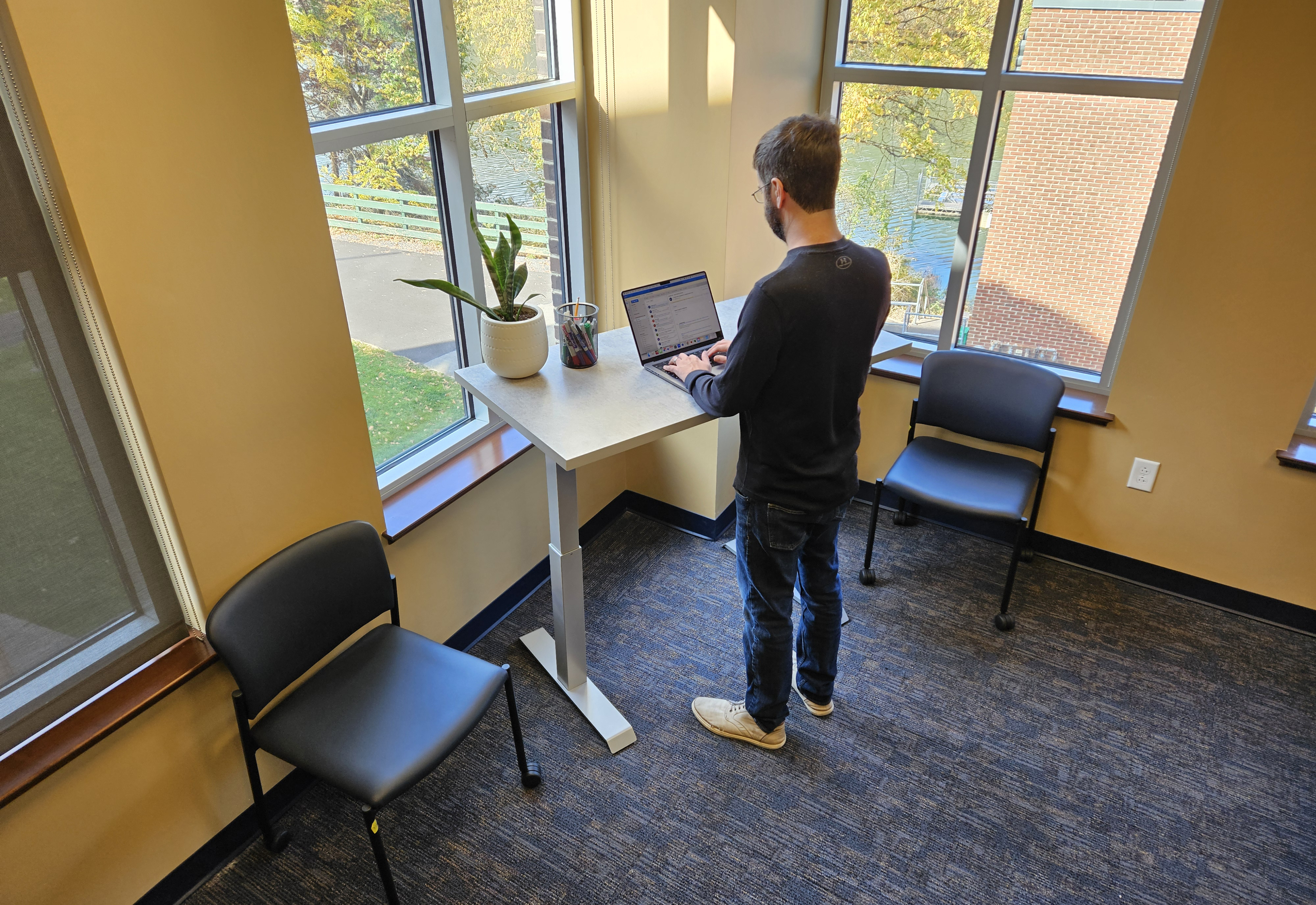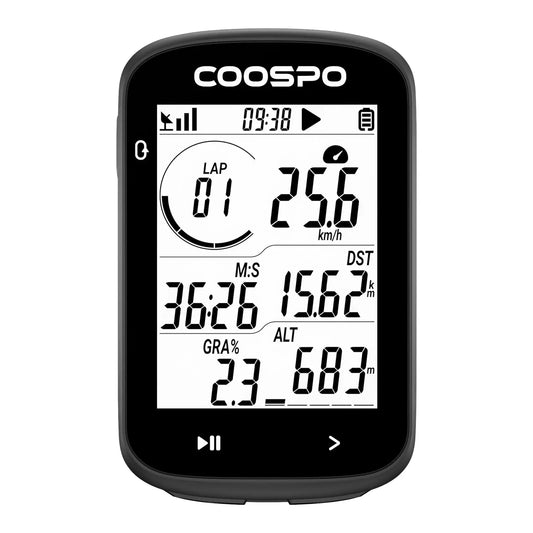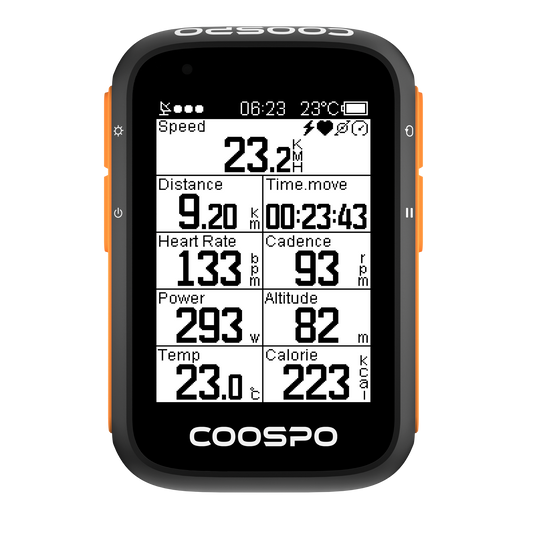Em pé versus sentado: ficar de pé queima mais calorias?
No mundo atual, onde muitos de nós passamos muito tempo sentados, especialistas em saúde se preocupam com os problemas decorrentes de ficar sentado por longos períodos. Como resultado, as pessoas buscam alternativas, como mesas de trabalho em pé ou pausas mais ativas durante o dia. Mas o quanto ficar em pé realmente ajuda a queimar calorias? Será que simplesmente ficar de pé pode realmente fazer uma diferença positiva para a saúde?
Vamos explorar a ciência por trás das diferenças entre ficar em pé e ficar sentado. Embora a diferença na quantidade de calorias queimadas entre ficar em pé e sentado seja pequena, adicionar mais movimento ao seu dia pode trazer benefícios importantes para a saúde.
Calorias queimadas em pé vs. sentado
Seu corpo usa calorias mesmo quando você está em repouso para manter funções importantes, como respiração, batimentos cardíacos, fluxo sanguíneo, digestão e atividades celulares básicas. Quando você usa seus músculos, precisa de mais energia e queima mais calorias.
À primeira vista, ficar em pé pode não parecer um grande exercício. Você não está suando, sua frequência cardíaca não está elevada e você não está sem fôlego. No entanto, ficar em pé ativa mais músculos do que ficar sentado, principalmente nas pernas e no abdômen, e exige que seu corpo gaste um pouco mais de energia.

De acordo com um estudo de 2016 publicado na revista Mayo Clinic Proceedings, ficar em pé queima cerca de 0,15 calorias a mais por minuto do que ficar sentado. Isso significa:
Sentado: aproximadamente 80 calorias por hora
Em pé: aproximadamente 88–90 calorias/hora
Aqui está uma maneira mais simples de entender quantas calorias você queima sentado em comparação com quando está em pé:
Se você pesa menos de 130 libras: Ficar sentado queima cerca de 100 calorias por hora, enquanto ficar em pé queima cerca de 130 calorias. Ficar em pé queima mais 30 calorias.
Se você pesa menos de 150 libras: Ficar sentado queima cerca de 115 calorias por hora, enquanto ficar em pé queima cerca de 150 calorias. Ficar em pé queima 35 calorias extras.
Se você pesa menos de 200 libras: Ficar sentado queima cerca de 150 calorias por hora, enquanto ficar em pé queima cerca de 200 calorias. Ficar em pé queima mais 50 calorias.
Em termos simples, ficar em pé gasta mais energia do que ficar sentado, e se você pesa mais, a diferença é ainda maior.
Ficar em pé por mais 3 horas por dia pode ajudar a queimar algumas calorias extras. Não é muita coisa, talvez 24 a 30 calorias por dia, ou 100 a 150 por semana de trabalho. Mas, ao longo de um ano, isso pode levar à perda de cerca de 2 a 3 quilos de gordura.
O Dr. James Levine, renomado professor da Clínica Mayo e pesquisador de referência sobre os efeitos do sedentarismo, faz uma comparação surpreendente: "Ficar sentado é o novo fumar". Ele destaca que passar muito tempo sentado pode levar a diversos problemas de saúde, incluindo obesidade, diabetes, doenças cardíacas e até mesmo uma vida mais curta. A principal questão é a necessidade de reduzir o tempo gasto sentado, levantando-se e movimentando-se com mais frequência.

Ficar em pé por si só não substitui o exercício, mas pode ajudar a aumentar as calorias que você queima em suas atividades diárias, um processo conhecido como termogênese da atividade não relacionada ao exercício (NEAT, na sigla em inglês).
Se você trabalha sentado em uma mesa, pode experimentar uma mesa de altura ajustável. Ou então, compre uma mesa que possa ser regulada para cima e para baixo, permitindo que você trabalhe em pé ou sentado.
Queimando calorias através do exercício
Para contextualizar o ato de ficar em pé, é útil compará-lo ao exercício físico propriamente dito. A atividade física aumenta significativamente a queima de calorias em comparação com comportamentos sedentários. Por exemplo:
Caminhando em ritmo moderado (~4,8 km/h): ~210–250 calorias/hora
Ciclismo leve: ~300–400 calorias/hora
Correndo (6 mph): ~600–700+ calorias/hora
Essas atividades também melhoram a saúde cardiovascular, fortalecem os músculos e aumentam a resistência, algo que ficar em pé sozinho não consegue proporcionar.
Dito isso, os especialistas concordam que o objetivo não é substituir o exercício por ficar em pé, mas sim encontrar um equilíbrio saudável. Ao substituir longos períodos sentado por momentos em pé e com movimentos leves, você estará fazendo pequenas mudanças cumulativas que beneficiam a saúde a longo prazo.

De quanto exercício você precisa? Os Centros de Controle e Prevenção de Doenças (CDC) sugerem que adultos façam 150 minutos de exercícios moderados a intensos por semana. Isso pode ser dividido em 30 minutos por dia, cinco dias por semana. Eles também recomendam fazer exercícios de fortalecimento muscular pelo menos duas vezes por semana.
Riscos para a saúde associados ao sedentarismo
Os riscos de ficar sentado por longos períodos vão muito além do ganho de peso. Um estilo de vida sedentário tem sido associado a:
Maior risco de diabetes tipo 2Permanecer sentado por longos períodos afeta a sensibilidade à insulina e o metabolismo da glicose. Intercalar esses períodos com breves momentos em pé ou caminhando pode melhorar os níveis de açúcar no sangue.
Problemas de coluna e posturaA posição sentada comprime a coluna vertebral e pode levar a uma má postura e dores crônicas, especialmente sem uma ergonomia adequada.
problemas de saúde mentalPassar muito tempo sentado está associado a um risco maior de ansiedade e depressão. A atividade física — mesmo movimentos leves — tem efeitos benéficos para o humor.
A Dra. Emma Wilmot, pesquisadora da Universidade de Leicester, enfatiza: “Mesmo que você siga as diretrizes de atividade física, ficar sentado por longos períodos ainda pode afetar negativamente sua saúde. Interromper o tempo sedentário é essencial.”
O CDC afirma que iniciar um programa de exercícios pode melhorar muito a sua saúde. Ajuda a fortalecer os ossos e músculos, melhora a saúde do coração e dos pulmões, auxilia na perda de peso e pode até fazer você se sentir mais feliz e ter um raciocínio melhor.
Antes de iniciar qualquer programa de exercícios, se você for sedentário ou tiver problemas de saúde, consulte seu médico.
Aumentar a atividade diária e reduzir o sedentarismo
Se você não estiver com vontade de se exercitar, tente se movimentar com mais frequência. Em vez de ficar sentado ou parado por muito tempo, caminhe pela casa, escritório ou escola durante os intervalos. Movimentar-se um pouco queima mais calorias do que ficar parado.
Subir escadas queima o dobro de calorias do que caminhar em terreno plano. Limpar a cozinha queima 3,3 vezes mais energia do que ficar deitado no sofá assistindo à TV.

Dispositivos de monitoramento e relógios inteligentes podem lembrá-lo de se movimentar caso esteja sentado por muito tempo. Eles ajudam a definir metas para ficar em pé, se movimentar e se exercitar. Se você perde a noção do tempo enquanto trabalha ou relaxa, esses dispositivos podem incentivá-lo a se levantar e se exercitar para queimar mais calorias.
Esses dispositivos ajudam você a definir uma meta diária de atividade, como quantos passos dar, quantos minutos de atividade física realizar ou quantas calorias queimar. Ter uma meta pode incentivá-lo a encontrar mais maneiras de se manter ativo durante o dia.
Resumo
Então, ficar em pé realmente queima mais calorias do que ficar sentado? Sim, ligeiramente. Mas, mais importante, ficar em pé ajuda a quebrar o padrão prejudicial de ficar sentado por longos períodos e contribui para uma melhor postura, circulação e saúde em geral.
A principal conclusão é a seguinte: ficar em pé sozinho não terá um impacto enorme na perda de peso, mas combinado com outros movimentos pequenos e frequentes e exercícios, ajuda a formar a base para um estilo de vida mais ativo. Pense nisso como uma ferramenta em seu arsenal — não a solução completa.
Especialistas concordam unanimemente que reduzir o comportamento sedentário é vital. Como afirma o Dr. Levine,
“Não precisamos nos exercitar mais — precisamos ficar menos tempo sentados.””
Então, da próxima vez que você se sentir tentado a participar de mais uma reunião de uma hora ou maratonar uma série sem interrupções, considere a possibilidade de se levantar. Seu corpo agradecerá.












1 comentário
https://www.aok.de/pk/magazin/wohlbefinden/gesund-im-job/richtig-sitzen-im-buero-so-klappt-es/
https://wellness.doktorabc.com/de/gesundheit/mehr-energie-durch-weniger-sitzen-so-gehts
Den Satz „Sitzen ist das neue Rauchen“ werde ich mir merken und überlege tatsächlich, im Home-Office ein Stehpult auszuprobieren.